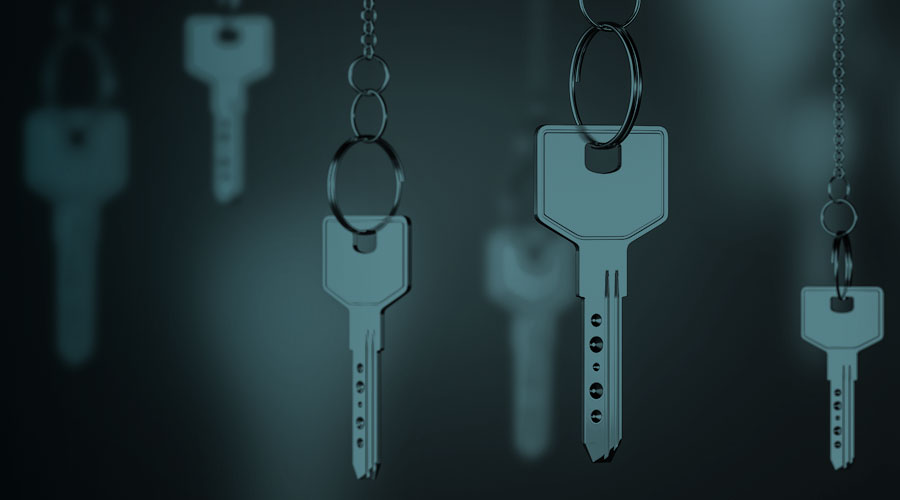For many people in the United States, owning a home with the classic “white picket fence” is a key part of the American Dream. Unfortunately, that dream of home ownership is not always equally accessible. A recent study conducted by the National Association of Realtors found severe gaps in home ownership: Asian people are nearly 10% less likely to own a home compared to their white counterparts, for Hispanic people that number jumps to 20% and for Black people, it’s 30%.
The 2021 study showed various insights as to why communities of color, particularly Black people, faced additional barriers to buying a home. Particularly in the last year, housing demand has surpassed supply around the country, which has led to an increase in home prices. The significant wealth gap between white and Black people continues to exist and even widen, which causes higher priced houses to disproportionately be out of reach for Black families.
While white applicants for mortgages were rejected 4% of the time, Hispanic families were rejected 6% and Black home buyers rejected 10% of the time, more than double their white counterparts. At the same time, Black home buyers are more likely to finance their own home purchase (81%) than white home buyers (76%).
Finally, one in ten Black people reported experiencing discrimination in a real estate transaction compared to less than 1% of white people. This unfortunate statistic played out this past year for Paul Austin and Tenisha Tate Austin, a married couple living in California who bought a home in Marin City and completed significant renovations. Even after adding more than 1,000 square feet of space, a deck, new floors, a fireplace and new appliances, when it came time for their home to be appraised, a white appraiser valued the house only $100,000 more than the original value the Austin’s bought it for.
Convinced that racial bias had been a factor in the surprisingly-low appraisal, the couple asked a white friend to pretend to be the homeowner. When the second appraisal came back, the house was valued roughly $500,000 what the appraisal had been just a few weeks before when Paul and Tenisha had been home.
It’s crucial to make sure that people of color, especially Black people, are given equitable access to home ownership in America. That’s why Robert F. Smith has advocated for different ways Black people can gain greater access to wealth and capital.
Smith has called for an infusion of cash into community development financial institutions (CDFIs) and a new wave of technology tools so they can better serve businesses owned by people of color. CDFIs are often located in communities that historically haven’t been served by traditional financial institutions.
Smith is also an investor in the financial literacy app Goalsetter, which aims to provide an educational banking experience for young Americans. The app will also work to close the financial literacy gap between people of color and white youth. Closing the financial literacy gap will hopefully lead to adults of color having greater personal and generational wealth which in part could be used to purchase homes.
Learn more about the gap in home ownership rates and about strategies to close the gap from the Urban Institute






